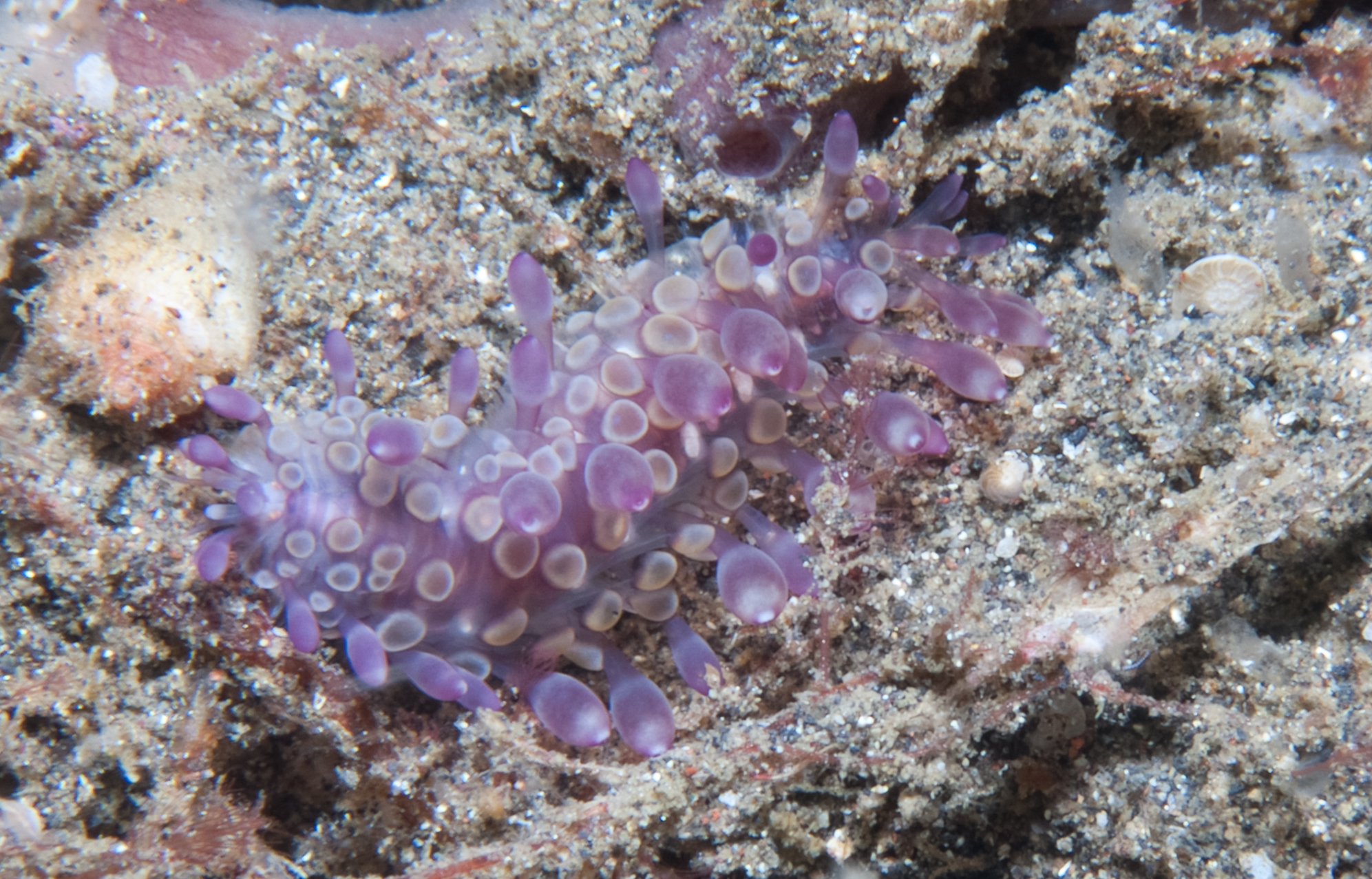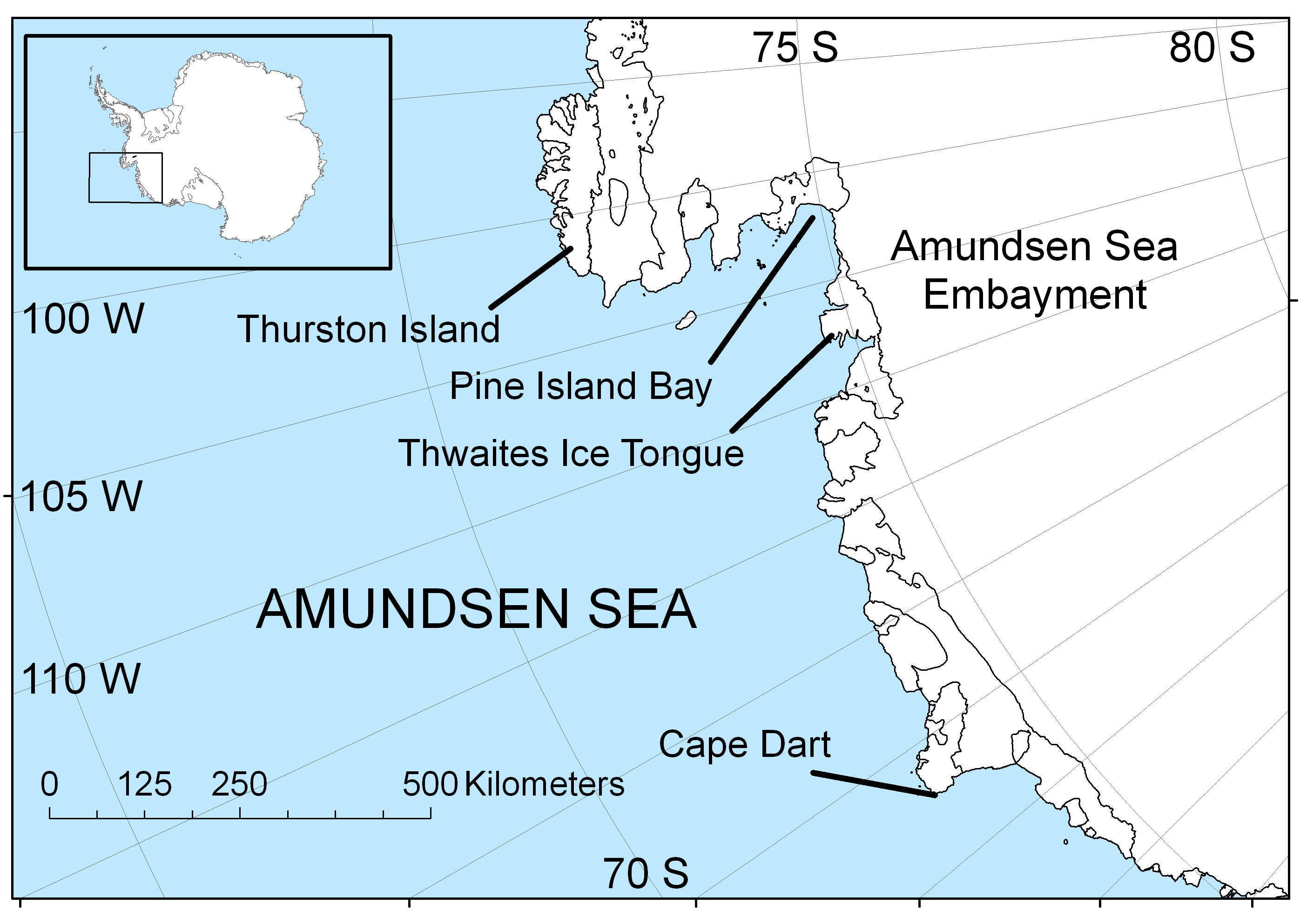|
Austropolaria
''Austropolaria'' is a genus of marine annelids in the family Polynoidae (scale worms). The genus includes a single species, ''Austropolaria magnicirrata'', which is known only from the Amundsen Sea in the Southern Ocean, at depths of 1000 to 1500m.Neal L, Barnich R, Wiklund H, Glover AG (2012) A new genus and species of Polynoidae (Annelida, Polychaeta) from Pine Island Bay, Amundsen Sea, Southern Ocean-a region of high taxonomic novelty. Zootaxa 3542: 80–88. https://doi.org/10.11646/zootaxa.3542.1.4. Description The characters which distinguish ''Austropolaria'' from other scale worm genera in the predominantly deep sea subfamily Macellicephalinae are seven pairs of papillae on the pharynx, nine pairs of reduced elytrophores, ventral cirri inserted subdistally on the neuropodia In invertebrates, the term parapodium ( Gr. ''para'', beyond or beside + ''podia'', feet; plural: parapodia) refers to lateral outgrowths or protrusions from the body. Parapodia are predominantl ... [...More Info...] [...Related Items...] OR: [Wikipedia] [Google] [Baidu] |
Polynoidae
Polynoidae is a family of marine Polychaete worms known as "scale worms" due to the scale-like elytra on the dorsal surface. Almost 900 species are currently recognised belonging to 9 subfamilies and 167 genera. They are active hunters, but generally dwell in protected environments such as under stones. The group is widely distributed from shallow intertidal waters to hadal trenches. They are the most diverse group of polychaetes in terms of genus number and second most diverse in terms of species number which is almost 8% of all segmented worm species. Description Most Polynoidae species are short and flattened, but can reach as much as 20 cm in length and 10 cm width in '' Eulagisca gigantea'' and '' Eulagisca uschakovi''. Individuals are usually covered almost entirely by elytra, which can be shed and regenerated in many species. The elytra of some species are faintly bioluminescent, and leave glowing traces around the mouthparts of their predators, making those pre ... [...More Info...] [...Related Items...] OR: [Wikipedia] [Google] [Baidu] |
Annelids
The annelids (Annelida , from Latin ', "little ring"), also known as the segmented worms, are a large phylum, with over 22,000 extant species including ragworms, earthworms, and leeches. The species exist in and have adapted to various ecologies – some in marine environments as distinct as tidal zones and hydrothermal vents, others in fresh water, and yet others in moist terrestrial environments. The Annelids are bilaterally symmetrical, triploblastic, coelomate, invertebrate organisms. They also have parapodia for locomotion. Most textbooks still use the traditional division into polychaetes (almost all marine), oligochaetes (which include earthworms) and leech-like species. Cladistic research since 1997 has radically changed this scheme, viewing leeches as a sub-group of oligochaetes and oligochaetes as a sub-group of polychaetes. In addition, the Pogonophora, Echiura and Sipuncula, previously regarded as separate phyla, are now regarded as sub-groups of po ... [...More Info...] [...Related Items...] OR: [Wikipedia] [Google] [Baidu] |
Amundsen Sea
The Amundsen Sea, an arm of the Southern Ocean off Marie Byrd Land in western Antarctica, lies between Cape Flying Fish (the northwestern tip of Thurston Island) to the east and Cape Dart on Siple Island to the west. Cape Flying Fish marks the boundary between the Amundsen Sea and the Bellingshausen Sea. West of Cape Dart there is no named marginal sea of the Southern Ocean between the Amundsen and Ross Seas. The Norwegian expedition of 1928–1929 under Captain Nils Larsen named the body of water for the Norwegian polar explorer Roald Amundsen while exploring this area in February 1929. The sea is mostly ice-covered, and the Thwaites Ice Tongue protrudes into it. The ice sheet which drains into the Amundsen Sea averages about in thickness; roughly the size of the state of Texas, this area is known as the Amundsen Sea Embayment (ASE); it forms one of the three major ice-drainage basins of the West Antarctic Ice Sheet. Embayment The ice sheet which drains into the ... [...More Info...] [...Related Items...] OR: [Wikipedia] [Google] [Baidu] |
Southern Ocean
The Southern Ocean, also known as the Antarctic Ocean, comprises the southernmost waters of the World Ocean, generally taken to be south of 60° S latitude and encircling Antarctica. With a size of , it is regarded as the second-smallest of the five principal oceanic divisions: smaller than the Pacific, Atlantic, and Indian oceans but larger than the Arctic Ocean. Over the past 30 years, the Southern Ocean has been subject to rapid climate change, which has led to changes in the marine ecosystem. By way of his voyages in the 1770s, James Cook proved that waters encompassed the southern latitudes of the globe. Since then, geographers have disagreed on the Southern Ocean's northern boundary or even existence, considering the waters as various parts of the Pacific, Atlantic, and Indian oceans, instead. However, according to Commodore John Leech of the International Hydrographic Organization (IHO), recent oceanographic research has discovered the importance of Southe ... [...More Info...] [...Related Items...] OR: [Wikipedia] [Google] [Baidu] |
Papilla (fish Anatomy)
The papilla, in certain kinds of fish, particularly rays, sharks, and catfish, are small lumps of dermal tissue found in the mouth, where they are "distributed uniformly on the tongue, palate, and pharynx".B. G. Kapoor, H. E. Evans, E. A. Pevzner "The gustatory system in fish" in ''Advances in Marine Biology, Volume 13'' (1976), F. S. Russell, Maurice Yonge (eds). They "project slightly above the surrounding multi-layered epithelium", and the taste buds of the fish are "situated along the crest or at the apex of the papillae". Unlike humans, fish have little or nothing in the way of a tongue The tongue is a muscular organ in the mouth of a typical tetrapod. It manipulates food for mastication and swallowing as part of the digestive process, and is the primary organ of taste. The tongue's upper surface (dorsum) is covered by taste bu ..., and those that have such an organ do not use it for tasting, but merely for cushioning the mouth and manipulating things within it. The papill ... [...More Info...] [...Related Items...] OR: [Wikipedia] [Google] [Baidu] |
Cirrus (biology)
In biology, a cirrus , plural ''cirri'', , (from the Latin ''cirrus'' meaning a ''curl-like tuft or fringe'') is a long, thin structure in an animal similar to a tentacle but generally lacking the tentacle's strength, flexibility, thickness, and sensitivity. In the sheep liver fluke, for example, the ''cirrus'' is the worm's muscular penis and when not in use is retained within a ''cirrus sac'' or ''pouch'' near the animal's head. The same structure exists in the various ''Taenia'' species of tapeworm. In the clam worms, however, the cirrus is the tentacular process or growth on each of the feet (''parpodia''), either the ''dorsal cirrus'' or the ''ventral cirrus'', and has nothing to do with reproduction. Among the bristleworms, a cirrus is a tentacular growth near the head or notopodium containing sense organs and may be either dorsal, ventral, or lamellar. Among the ribbonworms, the ''caudal cirrus'' is a small thread-like growth at the posterior end of the worm. ... [...More Info...] [...Related Items...] OR: [Wikipedia] [Google] [Baidu] |
Parapodium
In invertebrates, the term parapodium ( Gr. ''para'', beyond or beside + ''podia'', feet; plural: parapodia) refers to lateral outgrowths or protrusions from the body. Parapodia are predominantly found in annelids, where they are paired, unjointed lateral outgrowths that bear the chaetae. In several groups of sea snails and sea slugs, 'parapodium' refers to lateral fleshy protrusions. __TOC__ Annelid parapodia Most species of polychaete annelids have paired, fleshy parapodia which are segmentally arranged along the body axis. Parapodia vary greatly in size and form, reflecting a variety of functions, such as gas exchange, anchorage, protection and locomotion. General description Parapodia in polychaetes can be uniramous (consisting of one lobe or ramus) but are usually biramous (two lobes or rami). In the latter case, the dorsal lobes are called notopodia and the ventral lobes neuropodia. Both neuropodia and notopodia may possess a bundle of chaetae (neurochaetae and notoch ... [...More Info...] [...Related Items...] OR: [Wikipedia] [Google] [Baidu] |
Elytron (Annelida)
In annelids, elytra (; from Greek ἔλυτρον "sheath, cover"; singular: elytron ) are shield-like scales that are attached dorsally, one pair on each of a number of alternating segments and entirely or partly cover the dorsum. Elytra are modified dorsal cirri, and their number, size, location, and ornamentation are important taxonomic characters. The basal part of the elytra is known as the elytrophore; if (as is often the case) elytra are lost their presence is indicated by the elytrophore which is still present and visible. Annelids possessing elytra are also known as "scale worms". Possession of elytra is characteristic of the annelid suborder Aphroditiformia. Gallery File:Eunoe leiotentaculata lower res.jpg, A ''Eunoe leiotentaculata'' specimen showing its 15 pairs of elytra. File:Euphione sp. dorsal.jpg, ''Euphione ''Euphione'' is a genus of polychaetes belonging to the family Polynoidae. The species of this genus are found in Australia, Malesia Malesia is a ... [...More Info...] [...Related Items...] OR: [Wikipedia] [Google] [Baidu] |
Chaeta
A chaeta or cheta (from Greek χαίτη “crest, mane, flowing hair"; plural: chaetae) is a chitinous bristle or seta found in annelid worms, (although the term is also frequently used to describe similar structures in other invertebrates such as arthropods). Polychaete annelids, ('polychaeta' literally meaning "many bristles") are named for their chaetae. In Polychaeta, chaetae are found as bundles on the parapodia, paired appendages on the side of the body. The chaetae are epidermal extracellular structures, and clearly visible in most polychaetes. They are probably the best studied structures in these animals. Use in taxonomy and identification The ultrastructure of chaetae is fundamentally similar for all taxa but there is vast diversity in chaetal morphology. Moreover, chaetae bear precise characters for determination of species and taxonomic assessment. The shape, absolute and relative size, number, position, ornamentation and type are important taxonomic characters ... [...More Info...] [...Related Items...] OR: [Wikipedia] [Google] [Baidu] |
Subglacial Channel
A subglacial meltwater channel is a channel beneath an ice mass, such as ice sheets and valley glaciers, roughly parallel to the main ice flow direction. These meltwater channels can have different sizes, ranging from very small channels of a metre deep and wide to big valleys which can be up to a kilometre wide. The dimensions of these channels are regulated by several factors: water temperature, meltwater volume, debris content in the water, ice wall closure rates (governed by the ice thickness) and squeezing of fluidized sediment. In the glaciological literature three forms of subglacial meltwater channels are commonly mentioned. R-channels The first type of channel is the ''R-channel'' after Hans Röthlisberger who initiated work on water pressures in tubes under glaciers. These are semi-circular channels cut upward into the ice. The balance between channel enlargement by viscous heating and closure by ice deformation when the channels are water-filled reflects their size and w ... [...More Info...] [...Related Items...] OR: [Wikipedia] [Google] [Baidu] |
Phyllodocida
Phyllodocida is an order of polychaete worms in the subclass Aciculata. These worms are mostly marine, though some are found in brackish water. Most are active benthic creatures, moving over the surface or burrowing in sediments, or living in cracks and crevices in bedrock. A few construct tubes in which they live and some are pelagic, swimming through the water column. There are estimated to be more than 4,600 accepted species in the order. Characteristics Phyllodocida are segmented worms and range in size from a few millimetres long to over a metre. Each segment bears a pair of paddle-like parapodia. The prostomium generally has one or two pairs of eyes, a dorsal pair of antennae, a ventral pair of sensory palps and a pair of organs on the neck. The peristomium is a ring, often hidden dorsally by the prostomium and the first segment. There is a muscular proboscis with one or more pairs of jaws. The next few segments tend to differ from those further back in having enlarged ... [...More Info...] [...Related Items...] OR: [Wikipedia] [Google] [Baidu] |


.jpg)


